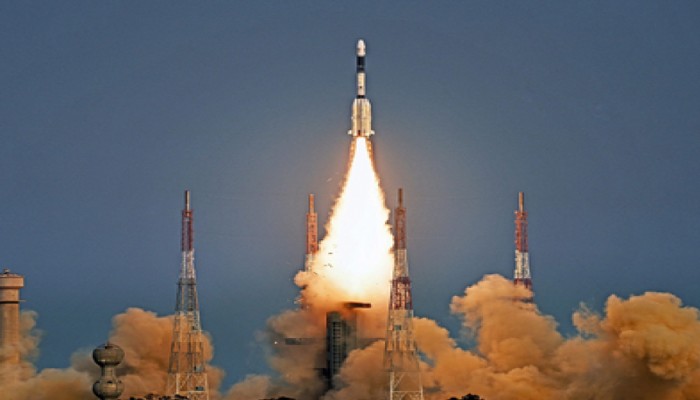Major launches the ISRO plans to execute for the year 2021
- In Reports
- 06:18 PM, Jan 13, 2021
- Myind Staff
The Indian Space Research Organisation has had to deal with a big setback in the execution of major projects in the year 2020. The COVID-19 crisis and the restrictions it brought with it has delayed the much-anticipated Chandrayaan-3 and Gaganyaan space missions.
This delay left ISRO with the opportunity of conducting only two launches in 2020, one in November followed by another in December. Given the present scenario, the rolling out of vaccines and gradual relaxation of curbs are indicating at ISRO undertaking all unexecuted projects from last year.
The following is a summary of 5 major missions the ISRO is planning to execute:
1. Chandrayaan-3:
This lunar mission came into being as a vow made by ISRO after its predecessor, Chandrayaan-2 lander, Vikram had a rough landing on the moon's surface in September 2019. This mission will also carry a lander and rover. However, the orbiter will not be the same this time. ISRO Chief K Sivan is of the opinion that the Chandrayaan-3 mission could be launched in late 2021 or by early 2022.
2. Small Satellite Launch Vehicle (SSLV) launch:
The Small Satellite Launch Vehicle or SSLV is a triple-stage launch platform having the capacity of lifting up to 500 kg to the Low Earth Orbit and 300 kg to the sun-synchronous orbit. At a time when private space firms are eyeing at the heavy launch platforms that can carry humans and consignments, ISRO has come up with the cost-effective SSLV. It is aimed at effectively saving the launch cost per kilogram of weight. The first launch of the SSLV which was earlier estimated for late 2020, is likely to take place in the first few months of this year.
3. Gaganyaan:
The biggest highlight of this project is that the launch of the Gaganyaan mission will mark ISRO's first human spaceflight.
Being ISRO's first crewed space mission, key programs and drills are likely to take place this year. Although, the launch of the Gaganyaan is not set for launch this year.
A three-member crew will be launched to space for almost a week's time prior to the launch of this mission. This will be followed by the launching of two unmanned flights for ensuring that all system requirements are met for ISROS's maiden human spaceflight.
4. Reusable Launch Vehicle:
ISRO conducted the first test of its Reusable Launch Vehicle- Technology Demonstrator in 2016. It wants to further enhance it into the first stage of India’s reusable two stage orbital launch vehicle.
The landing experiment which had to be executed with the help of the Indian Air Force, got unfortunately delayed due to the COVID-19 pandemic. It is expected to take place this year.
5. X-Ray Polarimetry Satellite:
ISRO has been planning to launch the X-ray Polarimeter Satellite or XPoSat to measure polarisation of X-ray photons from around 50 brightest known celestial sources. These sources include pulsars, X-ray binary stars and galactic cores.
Upon launching, these satellites will be placed in the Low Earth Orbit and will carry a payload developed by scientists at the Bengaluru-based Raman Research Institute.
The measurements taken by the XPoSat will help to determine the nature of its source along with its strength and magnetic field distribution.
Image courtesy: Times of India.







Comments